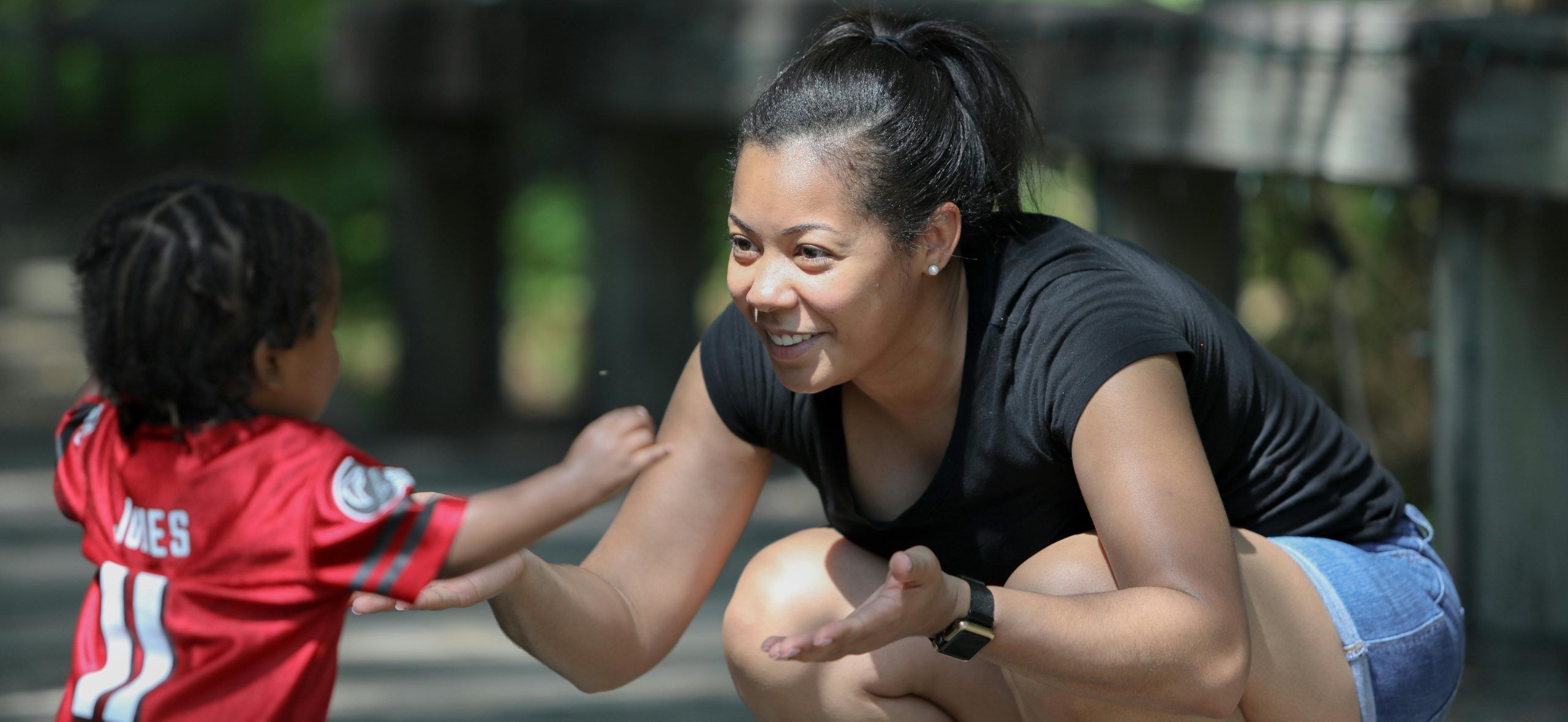
Why Teaching Children to Empathise is More Important Than Just Saying “Sorry”
In our society, teaching children to say “sorry” is often seen as a cornerstone of good manners. But while a simple apology can be polite, it doesn’t always mean that children genuinely understand the impact of their actions or feel empathy for the other person. Instead of merely teaching children to say “sorry,” we should focus on helping them empathise—truly understand and care about how their actions affect others. Building empathy helps children develop emotional intelligence, form stronger relationships, and engage in genuine conflict resolution. Here’s how we can start teaching children to empathise rather than parrot an apology.
Explain the “Why” Behind the Apology
Instead of immediately prompting a child to say “sorry” after they’ve hurt or upset someone, take a moment to explain why their actions may have caused harm. Help them understand what the other person might be feeling and encourage them to imagine being in the other person’s shoes.
Example: If a child takes a toy from another, instead of saying, “Say sorry,” try, “How do you think your friend feels now that you’ve taken their toy?”
Goal: The focus is on recognising emotions rather than fulfilling an expected behaviour. By thinking through how their actions affect others, children learn that their actions have emotional consequences.
Use Role-Playing to Practise Empathy
Role-playing can help children understand different emotions and situations from various perspectives. Try acting out scenarios with them where they are on both sides of a conflict. For example, take turns pretending to be the person who took the toy and the person who lost it, discussing how each person feels.
Example: Ask questions like, “How would you feel if someone didn’t let you play with a toy you really like?” or “What could you do to make your friend feel better?”
Goal: The role-play reinforces the concept of empathy by allowing children to explore feelings in a safe, controlled environment.
Encourage Reflective Listening
Teach children how to listen and respond thoughtfully by asking them to reflect on what others say. This helps children recognise the importance of listening to emotions and shows them how to respond with empathy.
Example: If a child is upset about being excluded, encourage your child to listen and then say something like, “It sounds like you felt sad when they didn’t let you play. I understand why that hurt.”
Goal: Reflective listening shows children that being kind and empathetic includes acknowledging others’ feelings. This builds emotional awareness and validation.

Encourage Reparative Actions Over Words
Instead of insisting on an apology, suggest a reparative action that can help make things right. This helps children connect the idea of empathy with real solutions, showing them that kindness involves action, not just words.
Example: If a child hurt someone’s feelings, encourage them to ask, “What can I do to make you feel better?” or suggest they share a favourite toy as a peace offering.
Goal: This approach teaches children that making amends is about considering the other person’s needs, not simply saying “sorry” and moving on.
Read Stories That Model Empathy
Stories are an effective way to teach empathy because they allow children to see conflict and resolution through the eyes of characters. Choose books that show characters recognising mistakes, making amends, or understanding others’ feelings. Discuss the emotions and resolutions with your child to deepen their understanding of empathy.
Examples of Books: “The Invisible Boy” by Trudy Ludwig, which focuses on empathy and inclusion, or “Enemy Pie” by Derek Munson, which shows how empathy can turn conflicts into friendships.
Goal: Stories provide safe, relatable examples of empathy in action and allow children to think about how characters’ actions affect each other.
Focus on “Feeling Words” to Build Emotional Vocabulary
Helping children name and recognise different feelings lays the foundation for empathy. By building an emotional vocabulary, children become better at recognising how others might feel and are more likely to respond with care.
Example: Instead of just saying, “You hurt her feelings,” help children identify specific emotions: “She might feel sad, frustrated, or even angry because you didn’t let her play.”
Goal: Expanding their emotional vocabulary makes it easier for children to understand their own feelings and empathise with others’ emotions.
Be a Role Model for Empathy
Children often mirror the behaviours they see in adults. Show empathy in your daily interactions, whether by listening closely when someone is upset, expressing understanding, or showing patience. When you make a mistake, model empathy by acknowledging how your actions affected someone else.
Example: If you’re in a rush and accidentally snap at someone, apologise sincerely and explain, “I was in a hurry, but that wasn’t fair to you. I understand if it made you feel unappreciated.”
Goal: Modelling empathy teaches children that it’s okay to acknowledge mistakes and that caring about others’ feelings is valuable.
Use the “Three Steps of Empathy” Framework
A structured approach can make empathy-building easier for children. Try teaching them these three simple steps:
Identify the other person’s emotion (e.g., “Are they feeling sad or angry?”).
Understand why the person feels that way (e.g., “What happened to make them feel this way?”).
Respond with a caring action (e.g., “What could I do to make them feel better?”).
This framework gives children a mental checklist to work through whenever they’re in a conflict, making empathy a natural habit over time.
Conclusion
Teaching empathy takes patience, creativity, and a shift away from focusing solely on polite apologies. When children learn to empathise, they develop emotional skills that go far beyond simply saying “sorry.” Empathy allows them to build meaningful relationships, understand others’ perspectives, and genuinely care about the impact of their actions. By prioritising empathy over empty apologies, we empower children to grow into compassionate, emotionally aware individuals who value kindness in both words and actions.


